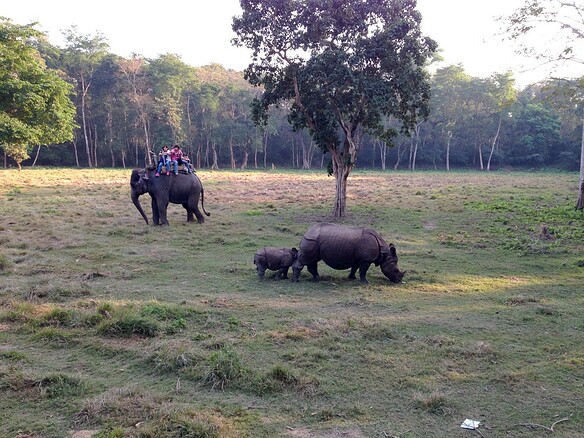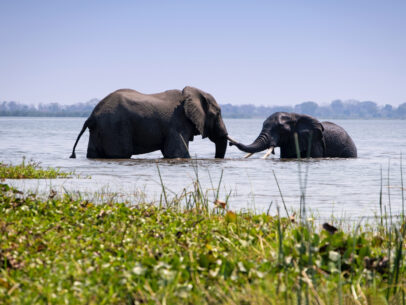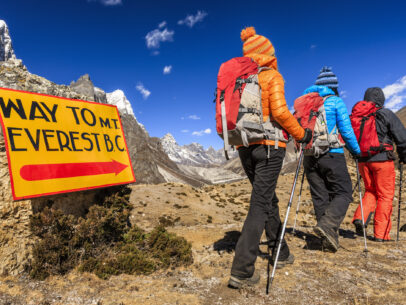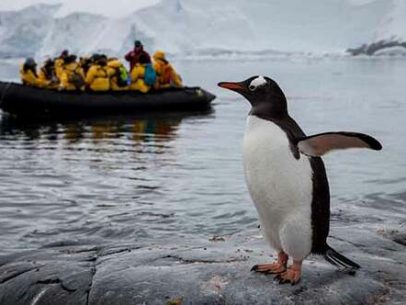
The Bird’s Word Blog
Tigers Would Thank You for Saving Nepal’s Wildlife

Journeys Director Will Weber discusses Nepal’s successful conservation efforts.
Efforts to combat poaching in Nepal, as noted in recent news stories, are finding success. In contrast, the great cats, rhinos and elephants in many other areas of Africa and Asia continue to face increasing threats.
As a former Peace Corps volunteer in the National Parks and Wildlife Department when that office was first begun in the early 1970’s, the current news was especially encouraging to me and it should be encouraging to all of the travelers who visit Nepal. When I worked in the wildlife department as a Conservation Education Specialist, our message to local communities who surrounded wildlife areas was that the tigers, rhinos, snow leopards and other species were ultimately worth more alive than dead. We stressed that communities would benefit from preservation of habitat through resulting tourism, sustaining the supply of forest materials, and flood protection. We promised that there would be jobs as rangers, tour guides, naturalists, and lodge and restaurant workers. Sometimes those assurances were hard to believe as the Maoist rebellion of the 1990’s created food shortages, a proliferation of guns and a lawlessness that ran roughshod over notions and promises of the long term benefits of conservation. Conflict and unrest scared off tourists. Tiger skins and rhino horns became a currency of opportunity and immediate gain.
Fortunately, things have stabilized both politically and ecologically. The economic benefits of wildlife tourism are evident to local people who are now in a second generation of stewardship of local environments. People living near the parks and reserves are realizing benefits to their whole communities as opposed to just individual poachers and smugglers. Nepal has become a case study for the rest of the world in showing that the continuing benefits of preserving wildlife for tourism far outweigh short gains of killing and selling, legally or illegally. And you, as a wildlife tourist, can take satisfaction in knowing you are a reason why we can hope that tigers, lions, rhinos, elephants, and all of the other species that occupy the same ecosystems will survive well into the future.
Nepal’s Chitwan National Park remains my favorite place in all of Asia to search for the Bengal Tiger and One-Horned Rhinoceros. If you are visiting Nepal, try to include a visit.

Design an adventure with Journeys International!
With over 40 years of experience, we create experiences that match your goals.
Start Planning






